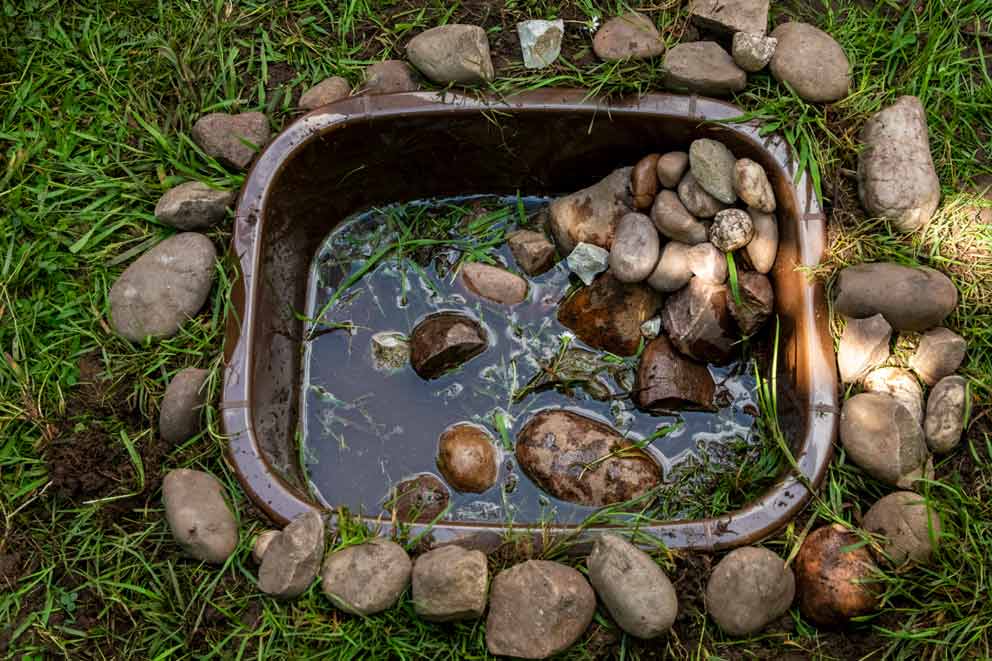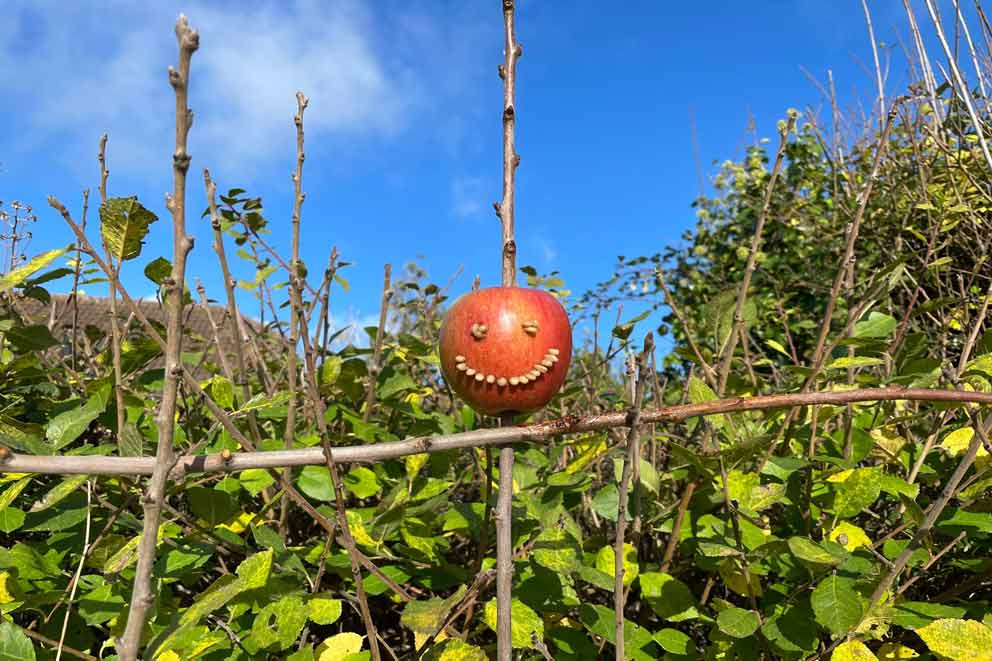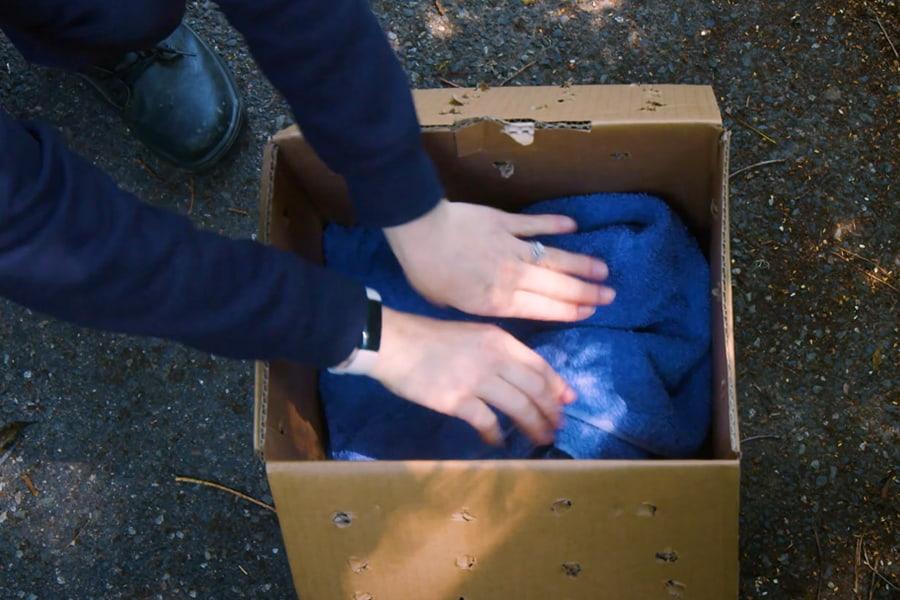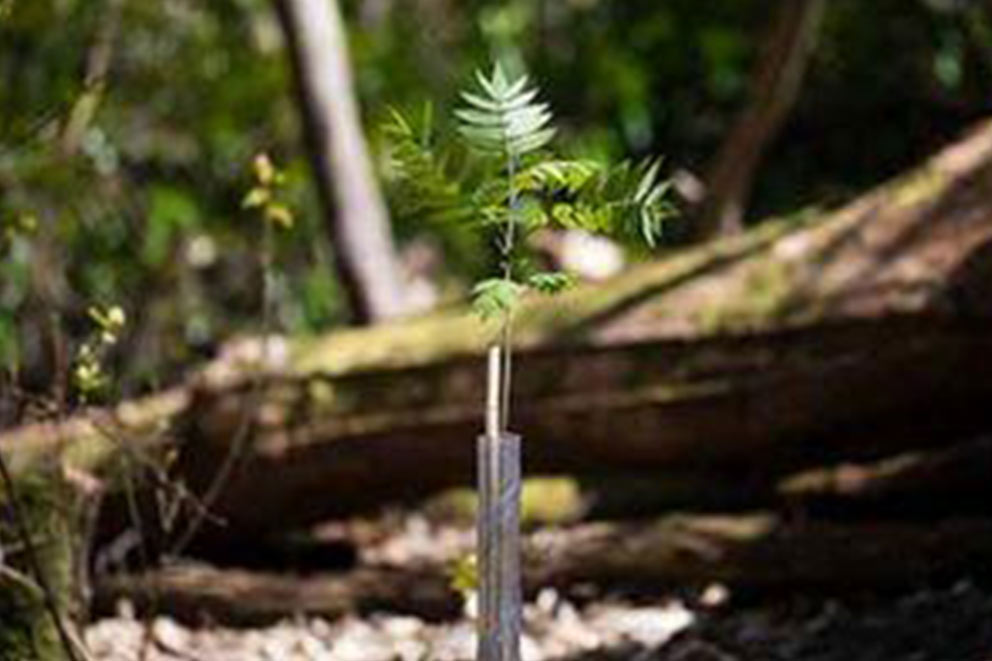How to make a mini wildlife pond
Learn how to make a garden pond as both a wildlife-friendly water source and a mini pond paradise for aquatic animals.
Our simple mini wildlife pond guide will help you welcome all sorts of wild visitors to your garden or green space, supporting them for their stay.
- Suitable for: Adults, and children with their adults!
- Season: All year round

Creating a pond for wildlife – however big or small – is one of the best things you can do for your garden. Wild animals of all species need water to drink, to bathe in and cool down.
Even a mini container pond will attract plenty of visitors; frogs and toads, newts, pond skaters, water boatmen and pond snails. Birds, bats, bees, dragonflies, hedgehogs and even grass snakes may stop by for a drink or a dip too.
Your wildlife pond could swiftly become a wildlife paradise – a source of survival and shelter for any animals that stop by. It’s super simple and fun to make, and doesn’t take up much space, so why not help nearby creatures by building one of your own.
Jump to:
Worried about animals falling into your pond?
Make your wildlife pond safe for animals by building an exit ramp – using rocks and bricks to form a slope inside the pond, or adding a ramp on the outside if it's above ground level. This allows small animals like hedgehogs or frogs to climb out if they fall in.
If you spot an animal that’s fallen in and is trapped, sick or injured, let us know and we’ll do what we can to help.
Make your garden pond
Instructions
- 1 Find a good spot. Choose a space that gets some light, but isn’t in direct sunlight all day. A shady corner or near the edge of the garden is ideal.
-
2
Dig or place your container. Dig a hole to sink your container into – deep and wide enough to pack it into the earth – or sit it on a flat surface.
Add a layer of gravel (not soil) at the bottom, then pop in a few pebbles and one or two bigger rocks. These make great hiding places for any aquatic animals, should a bird or mammal pop by for a drink. -
3
Build an exit ramp. In the water, pile rocks and bricks to form a slope, from the bottom of the pond to the top edge, to allow small animals (like hedgehogs or frogs) to climb out if they fall in.
If your pond is on a surface – raised above ground level – add a ramp on the outside using a plank, branch or pile of stones, so that wildlife like frogs and toads can get in and out easily. Or buy a hedgehog ladder here. - 4 Fill the pond with water. You can collect rainwater from a water butt, or simply leave the container out in the rain to fill up. If you use tap water, leave the container outside for a few days to allow any chemicals to evaporate.
- 5 Add in the pond-friendly plants. Add in your chosen water plants (their labels will provide planting advice) – these will provide oxygen, shade and shelter for your pond life. They can sit at different levels in the container, but most of the leaves will need to poke out of the water, to allow for photosynthesis, the release of oxygen and guttation (releasing excess water and minerals via the leaves’ pores).
-
6
Sit back and wait for the wildlife! All you have to do now is wait for nearby creatures to find your pond paradise – don't transport any from other ponds, though, as that can spread disease.
It may take a few weeks, or even months, until you see signs of pond life, but they will come! Meanwhile, birds and insects can enjoy your pond from day one.
Make sure the pond is safe for children and pets – add a safety grid or mesh just below the surface of the water, or place a low fence around the pond. Use ledges or ramps so animals always have a way out (more on this below), and always ensure children are supervised.
What you'll need
A clean container without holes – like a washing-up bowl, a big plant pot, a bucket or even an old sink
Rainwater, or tap water that’s been standing outside for a few days
Some gravel, pebbles and rocks
Branches and planks of wood
A few pond plants – wildlife-friendly options available from most garden centres include:
- Water forget-me-not (great for bees)
- Marsh marigold
- Flowering rush
- Hornwort
- Miniature waterlily
- Slender club-rush
- Lesser spearwort
Look after your pond
Keep your mini wildlife pond a safe and inviting place for wildlife by:
- Topping up the water level if it looks low.
- Ensuring the underwater slope is still standing, and checking the safety ramps are still there – so animals always have an exit route.
- Removing any decaying plants off the surface of the water, leaving them by the edge of the pond for a few days, so any small animals or insects can escape.
Pond tip: In winter, leave a rubber ball floating on the pond, and if the water freezes over, remove the ball. That way, any animals in there will still have oxygen, and birds will still have a water supply.
Example Text




